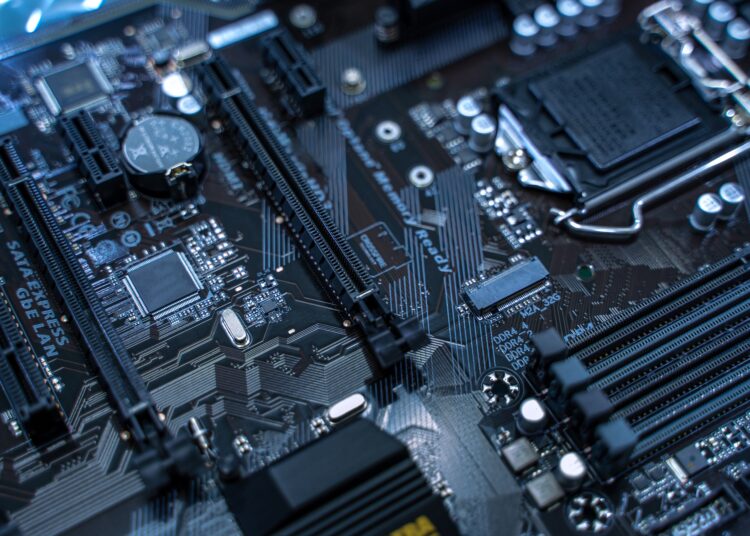The most difficult problems to troubleshoot are usually motherboard and power issues. Because there are so many components on the motherboard, a variety of things might cause problems. The POST is one of the most useful tools for debugging a motherboard. Furthermore, if you are considering purchasing a new motherboard since your current one is causing you troubles, you may go to several websites, such as perfect tech reviews, to find the finest ryzen 9 5950x motherboards.
Hardware incompatibility with UEFI/BIOS
When your computer is initially turned on, they assist remind it who it is and what it’s meant to accomplish, which includes detecting any hardware faults. Your computer may refuse to start your operating system after POSTing, or it may not POST at all, if this occurs. This problem, fortunately, has a simple remedy. To solve your problem, you’ll take a step backward by re-installing the old hardware you had deactivated. Reboot your computer once you’ve restored it to that state. After you’ve installed the old hardware, run your computer and go to your motherboard manufacturer’s website to get the most recent BIOS/UEFI version. You can re-install your new hardware after installing the newest BIOS/UEFI version.
There is no connection to the power button in this scenario.
A short, thin two-pin cable links the power button on a computer’s chassis to the motherboard. Your computer will not start if this crucial but easily overlooked connector is missing. Note that attempting to straighten pins can easily lead them to shatter, necessitating the replacement of components such as your CPU, so consider twice before doing so. You will need a magnifying glass to correctly line the connection with the pins, and you will need the instructions to check where the power button connector connects. If you can’t find your handbook, the maker of your motherboard should provide a PDF version on their website. Simply look up the model number of your motherboard.
Components that have been placed incorrectly
If components aren’t placed correctly, they might cause a motherboard to fail. Your computer may not even get through POST, or turn on in some situations. Processor, video card, and RAM are all possible suspects. Because flaws in such places are easy to ignore, the most likely roots of your troubles are improper video card and RAM placement. It is quite essential to make sure that you place the PCI slots across the video card and then, push it downwards.
The Final Words
When troubleshooting a motherboard, there are a few more steps compared to other computer concerns, but it is an important skill to acquire if you want to construct and repair your own PC. If you feel like you’re in over your head, you may always seek advice from a professional, whether that means taking your computer to a licenced technician or phoning the manufacturer. Read this article quite carefully and do not panic if you experience one of these problems.





